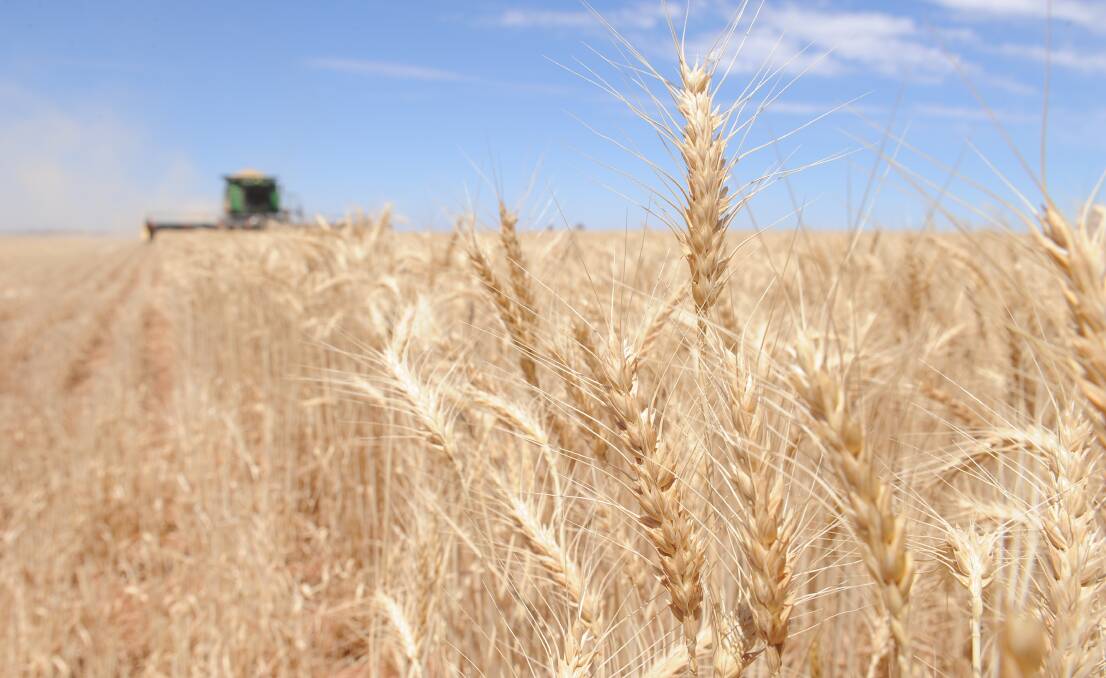
THE Australian Bureau of Agricultural and Resource Economics and Sciences (ABARES) is forecasting a 38 per cent year on year increase in Australian wheat production for the upcoming season - based on the important caveat of a normal season.
In data released for its flagship Outlook conference in Canberra this week, ABARES went with a production figure of 23.9 million tonnes of wheat for 2019-20, a substantial increase of the 2018-19 crop of 17.3m tonnes, which reflected one of the driest seasons on record in key grain growing regions in NSW and Queensland.
Peter Goodyay, ABARES, said getting even to that 17.3m tonnes, the lowest in a decade, relied heavily on Western Australia, which had its second biggest crop on record.
As a result of this gain, ABARES is expecting Australian wheat exports to rise from 10.1 to 14.2m tonnes.
However, in its report, it said that this outlook was predicated on a return to normal seasons.
"According to the latest Bureau of Meteorology three-month rainfall outlook (March to May), issued on 14 February 2019, there is no strong tendency for either a wetter or drier autumn across the majority of winter cropping regions," ABARES said in its release.
The exception is Queensland where most winter cropping regions are likely to be drier than average.
Already Queensland farmers are pessimistic about the chances of achieving average winter crop yields.
It is a similar story in northern NSW where stored moisture is an important part of the cropping program, after virtually no rain to date in 2019.
Further south and in Western Australia, where crop prospects are more closely tied to in-crop rainfall, the outlook is less downbeat.
ABARES flagged a possible increase in planted area should there be a good autumn break, reflecting lower numbers of livestock and the good grain prices on offer at present.
On the coarse grain front, ABARES flagged production to rise by 15pc to around 13m tonnes, driven by an expansion in grain sorghum planting.
This year's drought impacted sorghum crop is only likely to come in at around 1.3m tonnes, below historical averages, but ABARES has the 2019-20 crop at 2m tonnes.
Barley production is set to rise by 6pc to 8.8m tonnes, with many farmers looking at the crop as a low risk alternative in the event of a drier than average season.
In regards to canola, production is forecast to increase to around 3.7m tonnes because area planted and yields are expected to return to more average levels.


